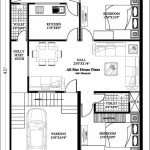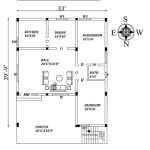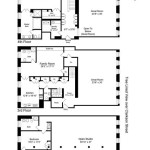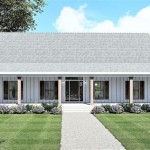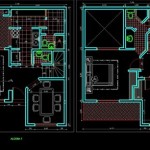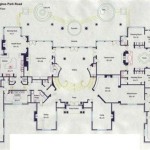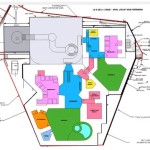Honey House Floor Plans: Essential Aspects to Consider
Honey houses have become increasingly popular due to their unique and sustainable features. These homes are designed to maximize airflow, natural light, and thermal efficiency, creating a comfortable and healthy living environment. When it comes to planning a honey house, there are several essential aspects to consider to ensure optimal functionality and aesthetics.
1. Site Orientation and Placement
The orientation and placement of your honey house play a crucial role in its overall performance. It is recommended to position the home on the site to take advantage of prevailing winds and sunlight. This will enhance natural ventilation and reduce the need for artificial cooling and heating systems.
2. Floor Plan Layout
The floor plan layout should be designed to promote efficient flow and maximize space utilization. Open-concept designs with minimal walls and partitions allow for better airflow and create a sense of spaciousness. Separating the living areas from the bedrooms ensures privacy and minimizes noise disturbance.
3. Window and Door Placement
Windows and doors are essential for natural light and ventilation. Honey houses typically feature large windows on the south-facing side to capture sunlight during the winter months. Strategic placement of windows and doors can create cross-breezes, reducing the need for mechanical ventilation.
4. Thermal Insulation and Ventilation
Proper thermal insulation is crucial for maintaining a comfortable indoor temperature. Honey houses typically use a combination of insulation materials, such as cellulose, fiberglass, or spray foam, to minimize heat loss and gain. Effective ventilation systems, such as balanced heat recovery ventilation (HRV), help to exchange stale indoor air with fresh outdoor air while recovering heat energy.
5. Solar Energy Integration
Many honey houses incorporate solar panels into their design. Solar energy systems can provide electricity, heat water, and even assist with heating the home. By integrating renewable energy sources, you can reduce your reliance on fossil fuels and create a more sustainable home.
6. Water Management
Honey houses often include rainwater harvesting systems to collect and store rainwater for irrigation, toilet flushing, and other non-potable uses. Additionally, they may feature greywater systems that recycle wastewater from sinks, showers, and bathtubs for use in non-potable applications.
7. Exterior Features
The exterior features of your honey house can complement the overall design and enhance functionality. Covered porches and pergolas provide shade and shelter from the elements. A well-designed landscape can complement the home's architecture and improve its energy efficiency by providing shade and windbreaks.
Conclusion
By considering these essential aspects when planning your honey house floor plan, you can create a sustainable and comfortable home that embraces natural elements. These homes offer a unique and environmentally friendly approach to modern living, providing a healthy and energy-efficient indoor environment while minimizing your carbon footprint.

A Honey Of Farmhouse 92381mx Architectural Designs House Plans

A Honey Of Farmhouse 92381mx Architectural Designs House Plans

Honey Suckle House Plan Farmhouse Archival Designs

Mobile Honey House Bee Keeping

Floor Plans Honey Lake House 58 Shehen Guangdong China The Pinnacle List

Ga Architects Larinka Apiary Architect Bee

Honey Suckle House Plan Farmhouse Archival Designs

Floor Plans Honey Lake House 58 Shehen Guangdong China The Pinnacle List

A Honey Of Farmhouse 92381mx Architectural Designs House Plans

A Suggestion For Honey House Equipment Facilities Small Farmer S Journalsmall Journal

